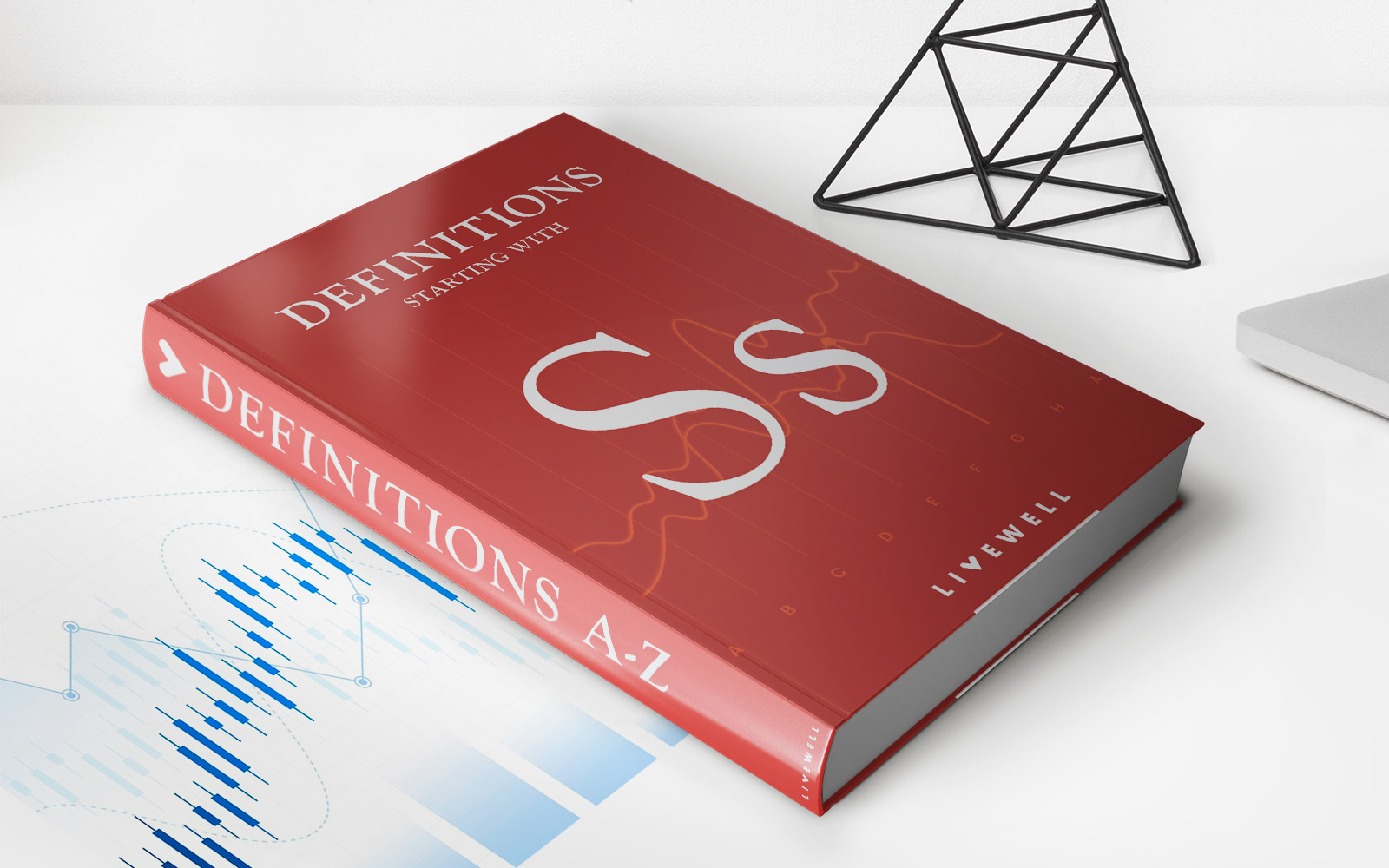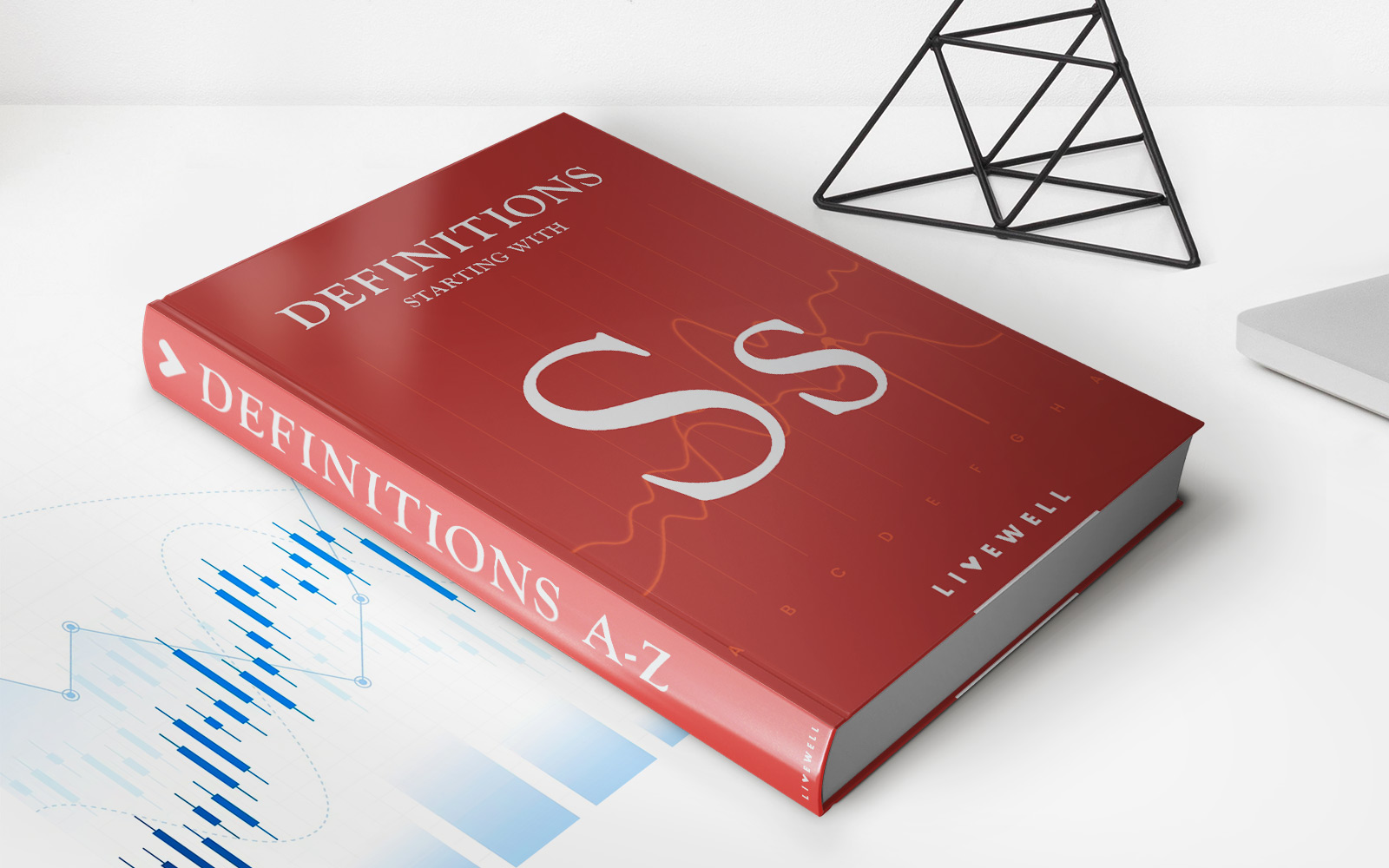Home>Finance>Subsidies: Definition, How They Work, Pros And Cons


Finance
Subsidies: Definition, How They Work, Pros And Cons
Published: February 3, 2024
Learn the definition, workings, pros, and cons of subsidies in finance. Discover how these financial aids can impact businesses and economies.
(Many of the links in this article redirect to a specific reviewed product. Your purchase of these products through affiliate links helps to generate commission for LiveWell, at no extra cost. Learn more)
Understanding Subsidies: How They Impact the Economy
Subsidies are a hot topic in the world of finance and economics. They are commonly implemented by governments to support certain industries or sectors. But what exactly is a subsidy? How do they work? And what are the pros and cons associated with them? In this article, we will dive deeper into the world of subsidies to give you a better understanding of their definition, operations, and effects on the economy.
Key Takeaways
- A subsidy is a financial grant or support provided by the government to specific industries or sectors.
- Subsidies aim to promote growth, competitiveness, and social welfare, but they can also have negative consequences.
Defining Subsidies: What Are They?
A subsidy is a financial grant or support that is provided by the government to specific industries or sectors. The main goal of subsidies is to promote growth, improve competitiveness, and enhance the overall welfare of a nation. These grants can take various forms, including:
- Cash payments
- Tax breaks or exemptions
- Low-interest loans
- Price supports
- Research and development grants
- Infrastructure development
Subsidies can target a wide range of industries, such as agriculture, energy, healthcare, education, and transportation. They are often used to correct market failures or to meet certain social objectives. For example, subsidies may be given to renewable energy companies to promote sustainability and reduce carbon emissions.
How Subsidies Work
Subsidies work by providing financial assistance to industries or sectors that may struggle to compete in the open market. The process typically involves the following steps:
- Identification: The government identifies industries or sectors that require support due to market failures or national objectives.
- Allocation: Subsidies are allocated to specific companies or projects within the chosen industries or sectors.
- Disbursement: The government provides the financial support in the agreed form, whether it’s a direct cash payment, tax exemption, or other support mechanisms.
- Monitoring: The government monitors the impact and effectiveness of the subsidy to ensure it achieves its intended goals.
By providing financial aid, subsidies can help businesses overcome barriers to entry, stimulate economic growth, and create employment opportunities. They can also incentivize innovation and technological advancements in targeted industries.
The Pros and Cons of Subsidies
As with any policy tool, subsidies have their fair share of pros and cons. Let’s take a closer look:
Pros of Subsidies:
- Encourages growth: Subsidies can stimulate economic growth by supporting struggling industries and encouraging investment.
- Promotes competitiveness: By providing financial assistance, subsidies can help domestic industries compete with global players in the international market.
- Improves social welfare: Subsidies can address social objectives, such as making education or healthcare more affordable and accessible to the general public.
- Drives innovation: By incentivizing research and development, subsidies can drive innovation and technological advancements in targeted industries.
Cons of Subsidies:
- Market distortion: Subsidies can create market distortions by artificially propping up industries that may not be economically viable without government support.
- Costly: Subsidies require significant financial resources from the government, potentially leading to budget deficits and increased public debt.
- Unintended consequences: Subsidies may lead to unintended side effects, such as overproduction, environmental degradation, or rent-seeking behavior.
- Inefficiency: In some cases, subsidies can lead to inefficiencies by protecting uncompetitive businesses, preventing market forces from driving productivity improvements.
While subsidies can have both positive and negative impacts, their overall effectiveness largely depends on proper planning, careful evaluation, and continuous monitoring. Governments must strike a balance between promoting growth and innovation while minimizing market distortions and unintended consequences.
Now that you have a better understanding of subsidies, you can form your own opinion on their role in the economy. Whether you view subsidies as necessary catalysts for growth or potential sources of inefficiency, it’s clear that they play a significant role in shaping the business and economic landscape.














